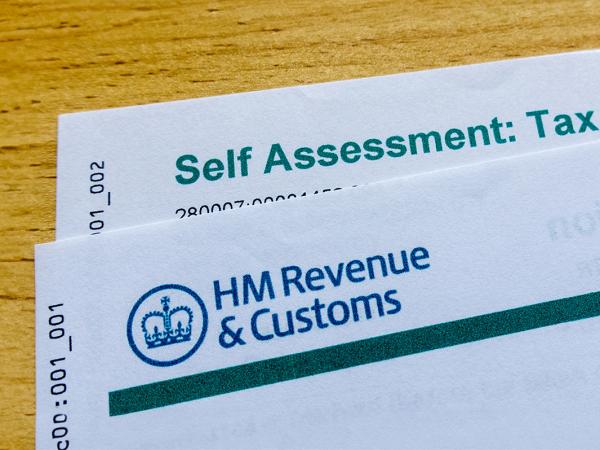Qualifying care relief for shared lives carers
On this page, we explain what qualifying care is for shared lives carers, for the purposes of qualifying care relief (QCR). You can read about qualifying care for foster carers on our separate page.

Content on this page:
Shared lives care
Shared lives care is where an adult either lives with or regularly visits a shared lives carer in the home of that carer and shares in the family and community life of that carer. Shared lives carers have people matched with them by shared lives schemes or local authorities. These social care schemes are regulated and they approve and train the shared lives carers. Shared lives care can include respite care in certain circumstances. Respite carers should ask their scheme for guidance on this matter.
Qualifying care for QCR
Historically payments to shared lives carers came from one source only, but due to recent changes such as in funding for social welfare, payments may now be made to the carer from more than one place.The source of the payments is important because that can determine whether the payments to the carer are for qualifying care for these purposes and so whether the payments that the carer receives are able to be covered by qualifying care relief. If the payments are not for qualifying care, then the carer would need to keep records of all expenditure and complete a full tax return.
The rules changed from April 2017 to allow carers supporting self-funding adults to claim qualifying care relief for payments sourced from those adults.
In order to fall within the remit of qualifying care, payments to carers can be funded by the NHS, local authorities or by the supported adult, but crucially any payments for care must not be paid directly from the supported adult to their carer. Such payments must be paid direct from the scheme or scheme administrator. Payments for accommodation or food could still be made direct to the carer from the adult, though.
If any payments for care are made direct to the carer by the supported adult, then none of the payments received by the carer for that adult would be within the meaning of qualifying care.
The scheme determines the overall payment to be made to the carer that will include elements for accommodation, food and care, for example. How that overall payment reaches the carer will depend both on how the scheme is organised and the financial circumstances of the supported adult. For example, the supported adult may receive housing benefit that is then paid directly from the supported adult to the carer as part of the accommodation costs. The overall payment to the carer remains as determined by the scheme, but the carer, in this situation, would receive two payments – one from the scheme and the balance direct from the supported adult.
If the carer receives direct payments from the supported adult that are not related to the social care scheme, for example they are for hairdressing, then those payments would not be eligible for qualifying care relief in any case.
While this is complex, your scheme should be able to tell you whether or not the payments you have received will fall within the definition of qualifying care.
More information
You can obtain more help and guidance from Shared Lives Plus.


